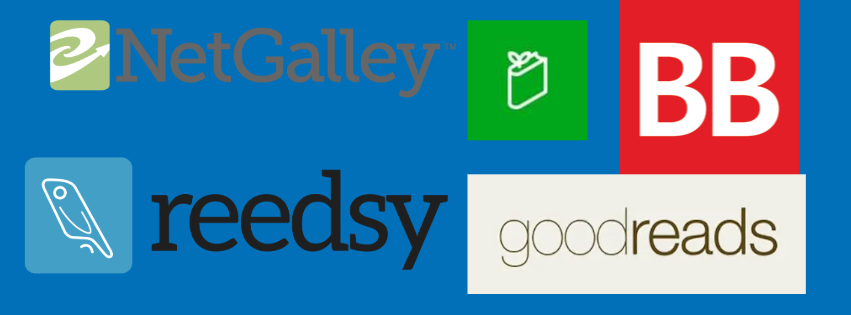I could probably have done this a lot cheaper, but I was determined to make the Lenticular books equal in quality to anything a major publishing house could produce and there was also a degree of experimentation in using the various promotional tools on offer to indie authors, some of which proved to be worth it while others fell short of their promise.
Also as a three book series my financial outlay in promoting the first book – Traitor’s Run – took into account the fact that successful sales of book one would (hopefully) lead to sales of the other two volumes.
So how much did it all cost, what was worth it and what wasn’t? (All prices are in Australian dollars.)
Production costs
I’ve actually been writing the Lenticular for over two decades. A lot of living got in the way during that time – I’m a slow writer, but not that slow – but there were obvious costs in time and effort during that period including some structural editing costs that aren’t captured here.
The main production costs for any book are editing, layout and file creation, and cover art.
Editing
I’m fortunate that my partner is also a very accomplished professional fiction editor, so I probably got a good rate for the copyedits. Editing doesn’t come cheap. It’s a highly specialised skill and a good editor is definitely worth their fee. Copyedit costs for all three books were as follows:
Traitor’s Run (The Lenticular book 1) – 104,000 words – $2,625
Traitor’s Bargain (The Lenticular book 2) – 99,000 words – $2,850
Traitor’s War (The lenticular book 3) – 96,000 words – $2,400
Cover art
You cannot underestimate the power of a good cover. The covers that Jeff Brown produced for the series have gathered unanimous positive feedback. Everyone who sees them is as amazed by them as I was when Jeff created them for me. I found Jeff via Reedsy, so the cost of the covers included Reedsy’s standard administration charges.
You can learn more about Jeff at his website Jeff Brown Graphics. As part of the process, I developed a detailed cover brief for each book, including a description of the scene I had in mind for the covers, a book extract for that scene and some images to act as a guide for what particular spaceships would look like. Jeff is an amazingly gifted and professional artist. He turned those briefs into mindblowing art (check out the gallery to see for yourself).
The prices include cover art for ebook, print book and audiobook, plus a number of promotional images for social media and websites. Prices for all three covers (which varied due to currency exchange rates for the point in time of completion) were:
Traitor’s Run – $3,243
Traitor’s Bargain – $3,211
Traitor’s War – $3,304
Book file layout
Luckily as a small press publisher, I could do this myself. I use InDesign for both print book and ebook layouts. An annual subscription for InDesign cost me $343. That is VERY cheap for laying out six books (three print books and three ebooks). You can expect to pay anything from a couple of hundred dollars up per book file. If you’re interested, I also provide a print and ebook file creation service for indie authors. My prices are competitive, and my service is tailored to your needs. Find out more at https://coeurdelion.com.au/print-and-ebook-formatting/.
Book distribution
I use Ingram Spark, and have done for many years. There are other options, for example Amazon, but I prefer my distributor to be separate from one of my major retail outlets. Submitting files used to cost $50 for a print and ebook of the same title, but file submission is now free. File revisions cost $25 per file.
Publicity and promotion
This is where you can spend an insane amount of money. I tried some things that worked and others that didn’t. Your experience may be different.
Review sites
It’s important to get eyes on your book before the publication date to generate (hopefully) positive reviews that will entice people to buy your book when it’s released. I put a lot of effort (and money) into this phase.
The first and cheapest thing to do is to contact all your friends (and other writers if you know any) and ask them if they’d be willing to read and review your book. I was very fortunate in having a lot of friends and contacts in the speculative fiction community in Australia, due to my publishing work here over the past couple of decades, and I’m grateful to the writers who agreed to review my work.
At the other end of the spectrum, the most expensive way to get reviews is NetGalley, but for a long time it has been the industry standard for pre-publication reviews and is used by all the major publishers.
To get one title on NetGalley for 6 months cost $970. That comes with one free on-site promotional opportunity. As Traitor’s Run is science fiction, I chose to have my book featured in the sci-fi and fantasy category page spotlight (i.e. at the top of the category page for science fiction) for one week. I also paid an extra $230 to have the book featured on the main NetGalley page for a week.
The results for that outlay were not great. At the end of 6 months, Traitor’s Run had received the following:
Impressions 1105; Clicked to Read 139; Feedback 11; Reviews 10; Social shares 6.
Given I was looking for reviews, it works out at about $120 per review.
I contacted upwards of thirty science fiction review sites directly but didn’t get any interest. I sent physical review copies to Locus Magazine (a longshot I know!), The Newtown Review of Books and Aurealis Magazine. I’m grateful to Aurealis Magazine for their very positive review.
I’d already decided to go all in, so I submitted Traitor’s Run to Booksprout and Reedsy Discovery for reviews. Both sites work a little differently. For Booksprout you pay a monthly fee of $44 and Booksprout members can download and review your book. I paid for 3 months and got five downloads but only 1 review – so (again) about $120 per review. For Reedsy Discover, you pay $77 and get one review. All up Reedsy has the best reviews to dollars ratio.
I also submitted Traitor’s Run for a paid review at Kirkus. Kirkus is a long-established book review publication with a very good reputation. While I could pay for the review, it didn’t guarantee the review would be a positive one. If it wasn’t positive, I could choose to bury it. The cost was $700. That’s a lot for one review, but as the review was a very positive one, and it was also chosen to appear in the print magazine (albeit in the indie section), I consider it value for money.
Other promotions
As well as a LOT of social media in the run up to publication of Traitor’s Run, I invested in two other promotional tools. I ran a Goodreads giveaway for three physical copies of Traitor’s Run. This ran in the US and Canada only (as per the platform’s guidelines). The cost was $185 (plus the cost of three books and postage). A total of 2,963 Goodreads users signed up by adding Traitor’s Run to their ‘to read’ shelf. I think this was good value for money.
I also signed up to Bookbub’s ‘new releases for less’ email to subscribers. Their science fiction and fantasy email has 920,000 subscribers. The cost of an entry in the email was $650. The report I received after the email went out recorded 225 ‘retailer clicks’ for my book (about 0.024% of the total subscriber list). The raw data I have on ebook sales in the US for October when the email went out totals 18. So even if all those were Bookbub subscribers, the conversion rate from click to purchase was less than 10%. I don’t think I’d use Bookbub again.
Conclusion
So there you have it. I don’t regret anything I’ve done. You don’t really know what’s going to work until you try. I didn’t spend anything I couldn’t afford to lose, which is probably just as well. Sales of the trilogy continue and at some point in the future I’ll work out if I have a hope in hell of making back even one-tenth of my outlay. But from a personal point of view, I’m very happy with what I’ve achieved with the Lenticular series.


